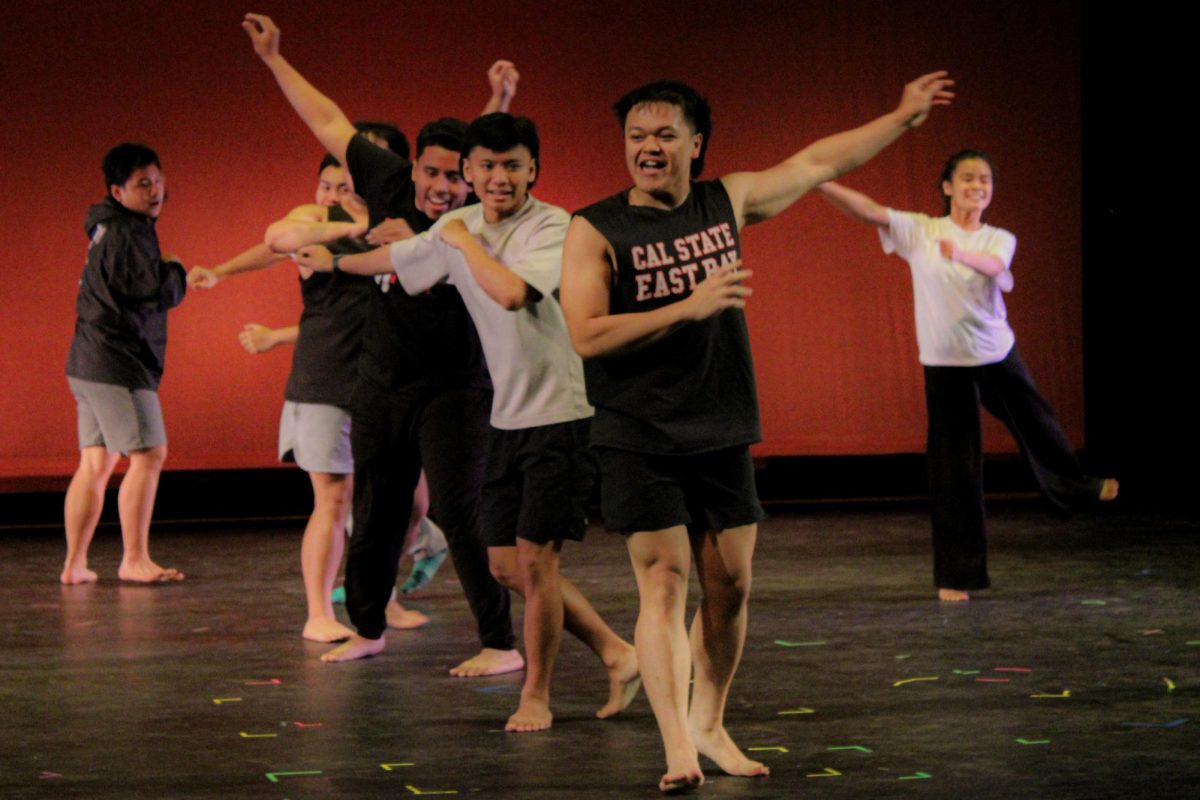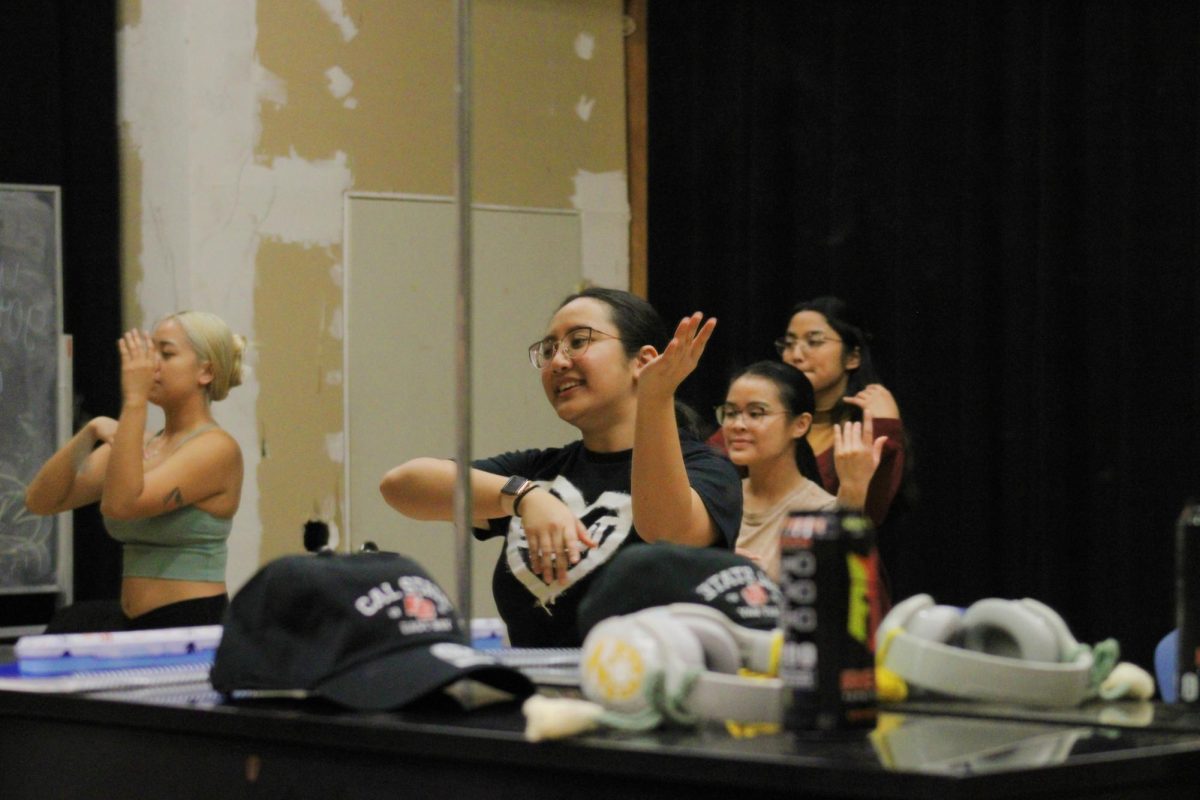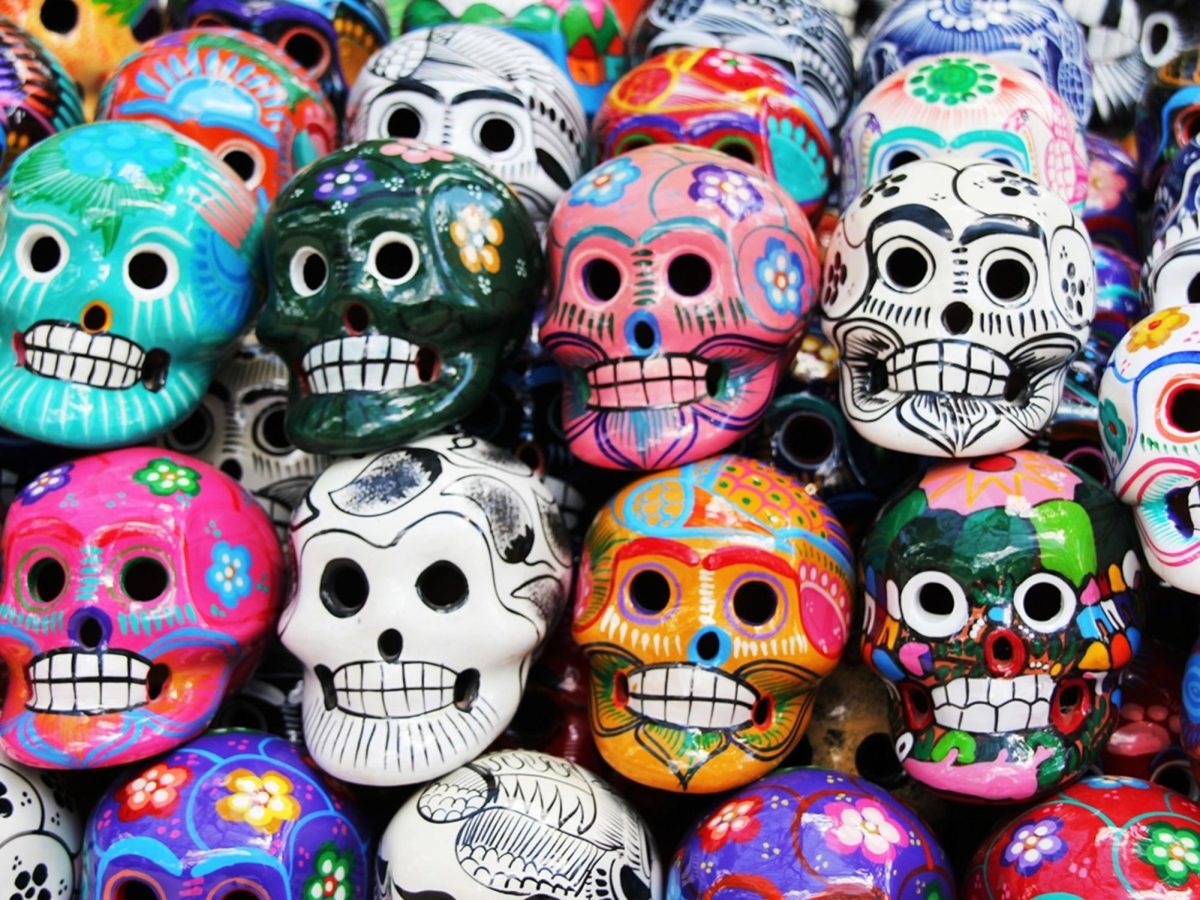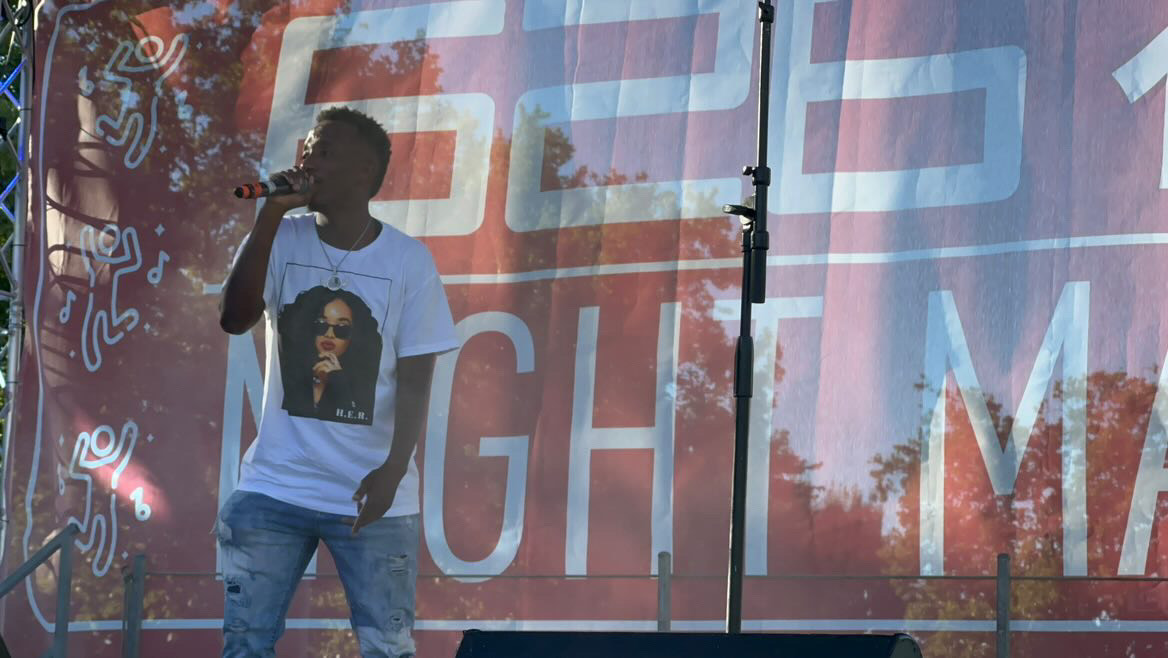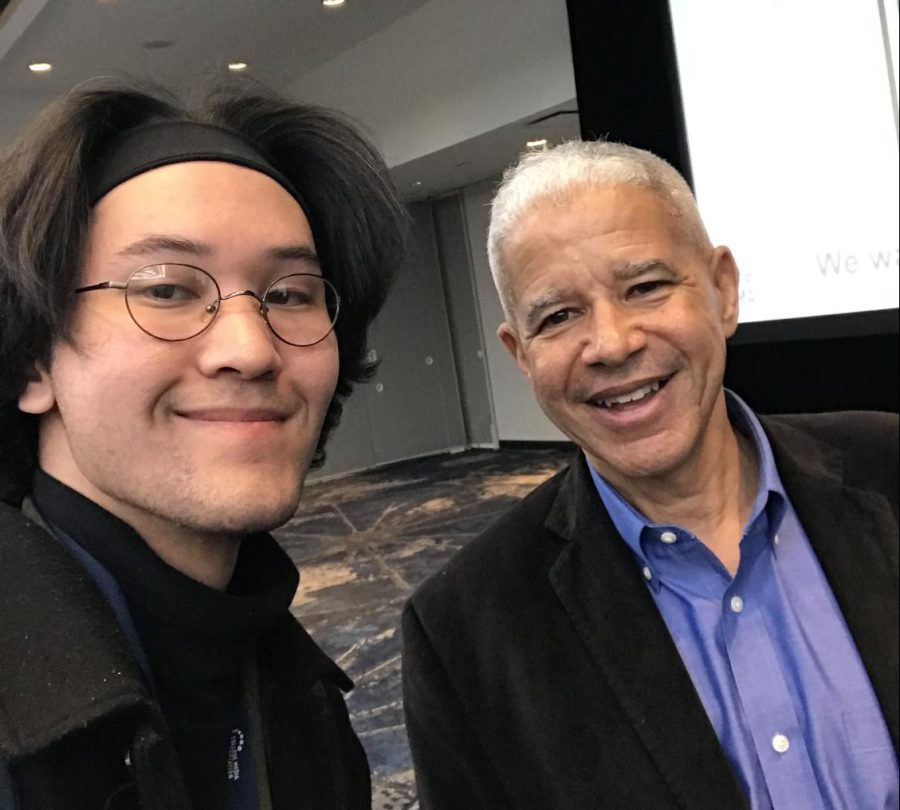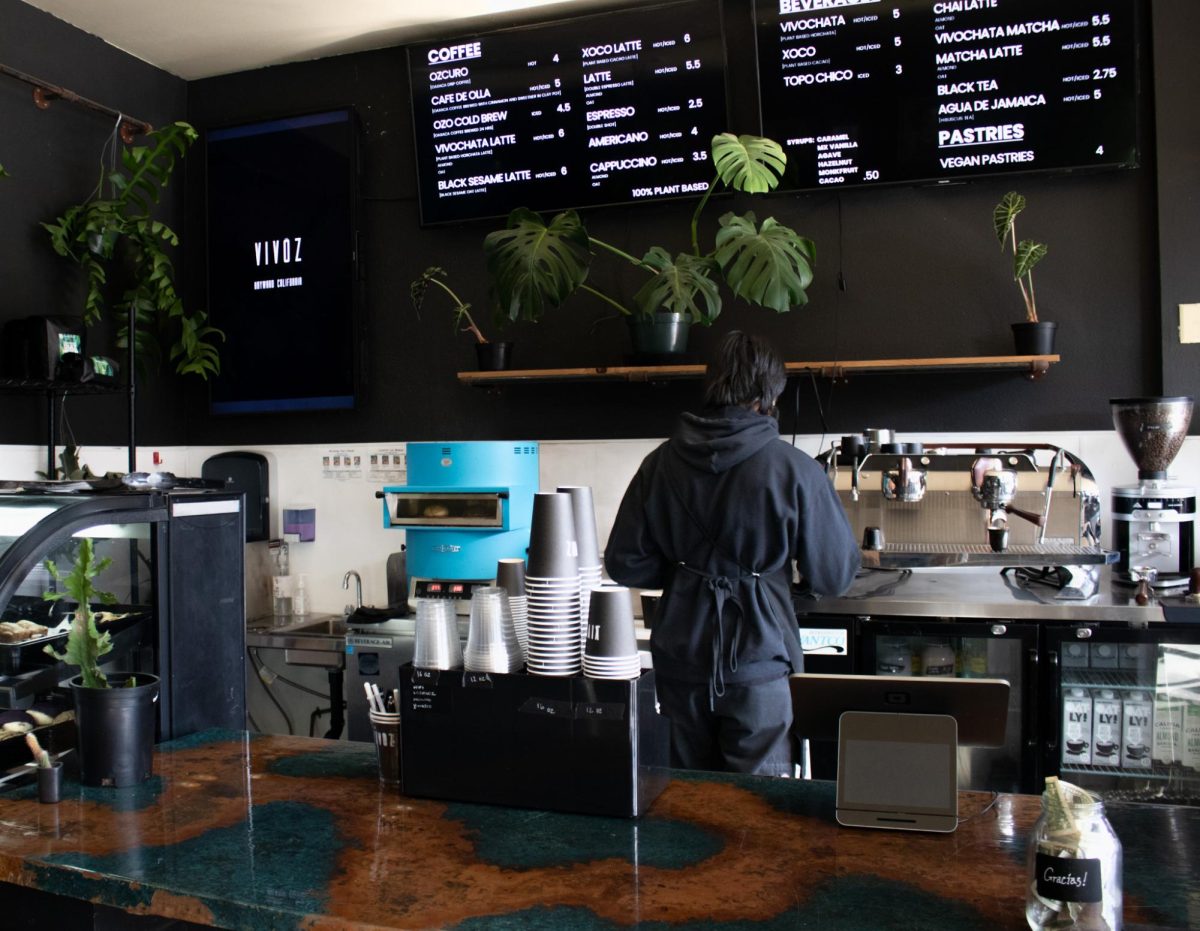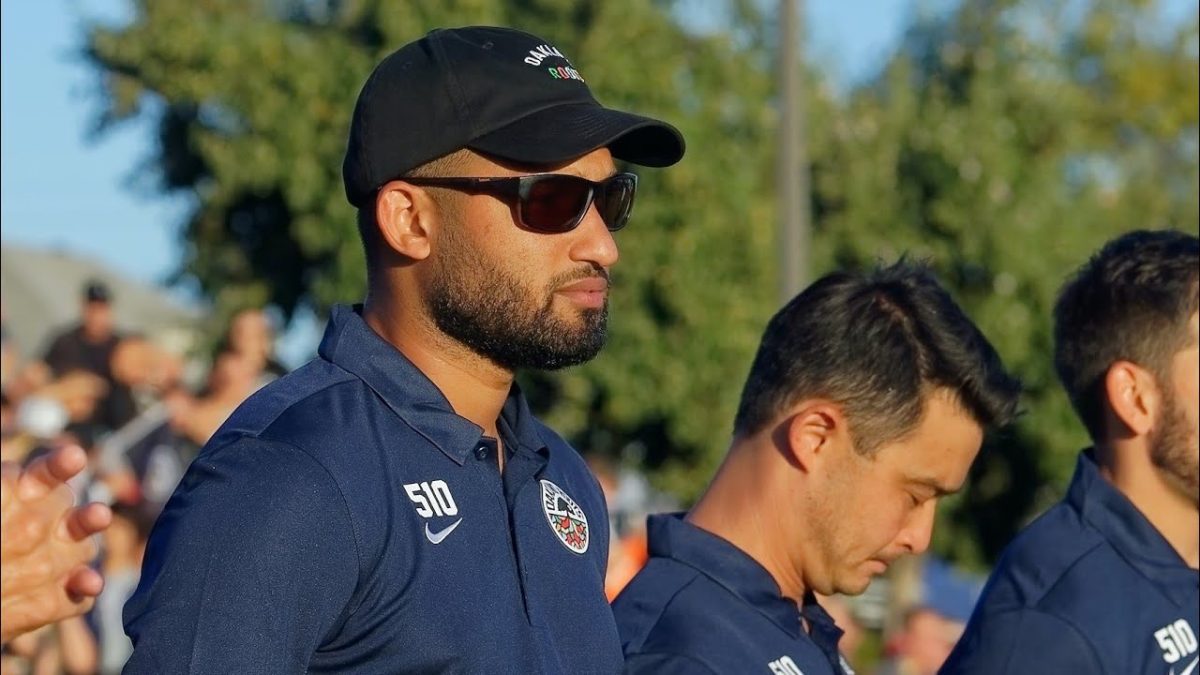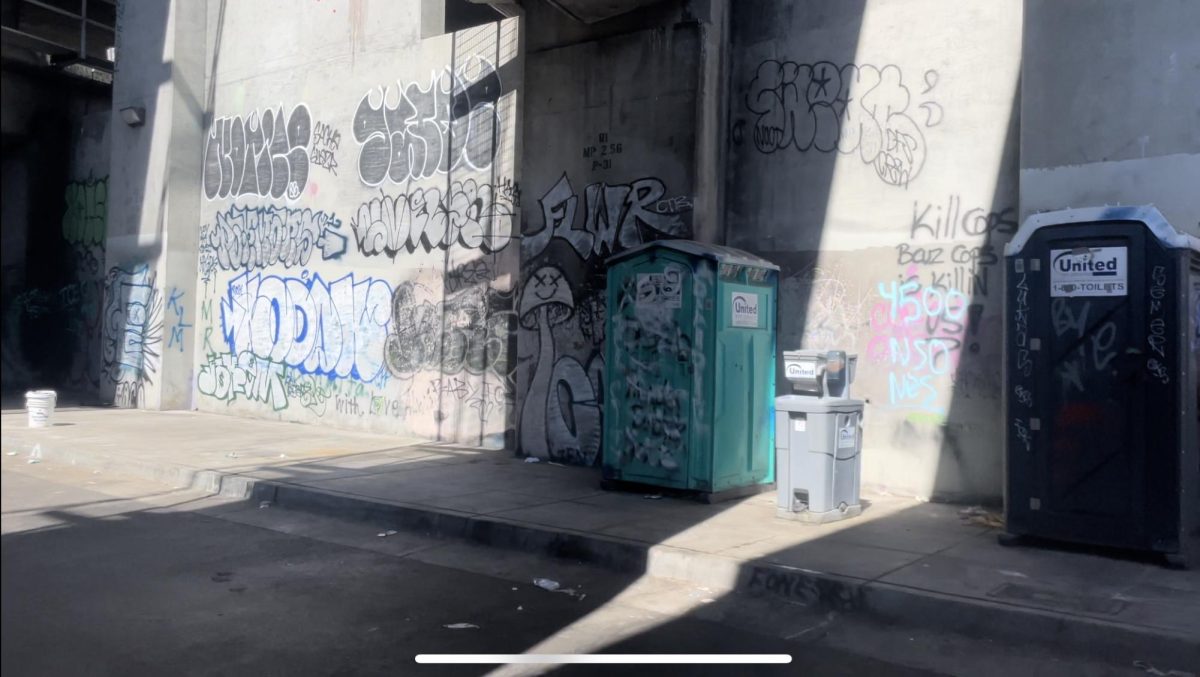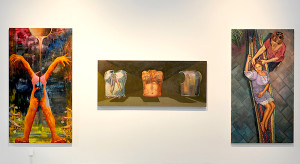
at SOMArts, in San Francisco, until Feb. 28.
San Francisco’s SOMArts Cultural Center is hosting the “Mourning and Scars: 20 Years After the War” exhibition, highlighting themes that revolve around cultural identity, immigration and reconciliation, while depicting the social realities of a country that has yet to reach an amendable resolution.
“I wanted to present an exhibition to communities in the United States that would help understand why we are here,” says Roxana Leiva, commons curatorial residency recipient at SOMArts. “For the Salvadorans that were forced to leave El Salvador due to the war, this is a moment of reflection.”
Twenty years after the atrocious, bloody civil war in the Republic of El Salvador, Bay Area and New York artists collectively came together to narrate their personal experiences in the context of El Salvador’s postwar period.
Leiva believes that now is the perfect time for a national dialogue to take place.
“Many people that I interviewed in El Salvador told me that 20 years was not a long time for a nation to recover from the civil war, however there has not been a national discourse that has supported going from the war to the post-war period and immigration is huge,” says Leiva.
Leiva, who identifies with other immigrants, was 13 years old when she moved to the United States from El Salvador.
“I was born into the culture war, however I was not aware due to the social restrictions, and pervasive violence,” explains Leiva.
The exhibition showcases 12 artists who are from El Salvador, immigrants or born in the United States to Salvadoran parents.
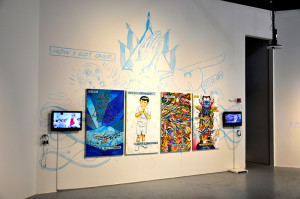
from the 12-year-long civil war in El Salvador.
“Many of the pieces speak to Roxana’s curatorial thesis of healing and reconciliation of multiple identities, whether El Salvadorian or American, both or neither,” says Justin Hoover, the curator and director of SOMArts. “Its all about artist who have experienced the diaspora after the civil war in El Salvador and are making art work to address the issues they are facing or for healing.”
On Feb. 1, the opening day of the exhibit, there were 300 people present who were thrilled to view the paintings, textile sculptures and multimedia installations that were a part of the show.
“The moment that I walked into the exhibit and saw all of the beautiful work of art, I was in awe because it was so much more than I expected,” recalls Leiva. “The heart of the artist is present in every art piece.”
An artist named Carlos Rogel showcased a dynamic art piece entitled, “Memory and Inheritance.” His art piece consisted of a centerpiece painting that included three chest plates that displayed different histories of identity from El Salvador.
“‘Memory and Inheritance’ explores how the body is a transcript for historical forces, which shape individual experiences of the Salvadoran identity,” says Rogel. “I used contemporized references … by borrowing from allegories of revolutionary narratives.”
The piece was chosen precisely because of the way it addresses the nature of Salvadoran identity.
“Carlos’ art piece is an elegant painting first of all, and secondly, it gets to the idea of multiple identities that can be within a nation,” explains Hoover.
Beatriz Cortez’s art piece also received the attention of many attendees as well. Cortez presented, “Books of Memory,” which included a shelf of books from El Salvador that people were banned from reading during the war.
“This installation … explores the experiences of censorship, persecution, and hiding, as it examines the different roles that books played during the war and that they continued to play now in the process of construction of memory,” says Cortez.
The pivotal role books played in the civil war was also partly a result of the manner in which they were viewed during the war.
“The books were shelved backwards because if police were aware that you were reading the books, you could get arrested,” says Hoover.
SOMArts Cultural Center is honored to showcase this remarkable exhibition at their center, according to Jess Young, director of communications at SOMArts.
“What we really like about the show is that there are very few exhibitions in San Francisco that collect El Salvadorian artists and examine identity in the particular way that this show does,” says Young. “It was really nice to see a particular culture community represented in a very robust way.”
Leiva believes that the exhibit provides a unique opportunity for Salvadorans to share their cultural and historical legacy.
“This was our opportunity to be represented in a public place and I am happy that we are able to share our history with residents in the Bay Area,” expresses Leiva.
The exhibition will be held at the SOMArts Cultural Center until Feb. 28.
The Salvadoran Civil War began in 1980 due to socioeconomic inequalities amongst the underprivileged and the elite, according to BBC news. The war persisted for 12 years, creating significant tension among social classes and causing damages worth $2 billion.
The war was fought by El Salvador’s military, the National Guard, against the Farabundo Marti National Liberation Front, “a representative political force” in El Salvador, and claimed the lives of approximately 75,000 Salvadorans, with thousands more missing.
The National Guard was known as one of the most feared militia groups in the country’s history and was primarily responsible for the majority of deaths and abductions during the war, according to the Washington Post.
As the war progressed in the 1980s many Salvadorans, searching for an escape from the battlefield, migrated to the United States, leaving behind family and friends in a place they once called home.
The civil war came to end in Dec. 1992 when the United Nations established a peace treaty called The Chapultepec Peace Accords in El Salvador.
The government of El Salvador and the Farabundo Marti National Liberation Front each signed the treaty, agreeing to follow the rules enlisted in the treaty, which included, “ending the armed conflict by political means” and formally abolishing the National Guard.





